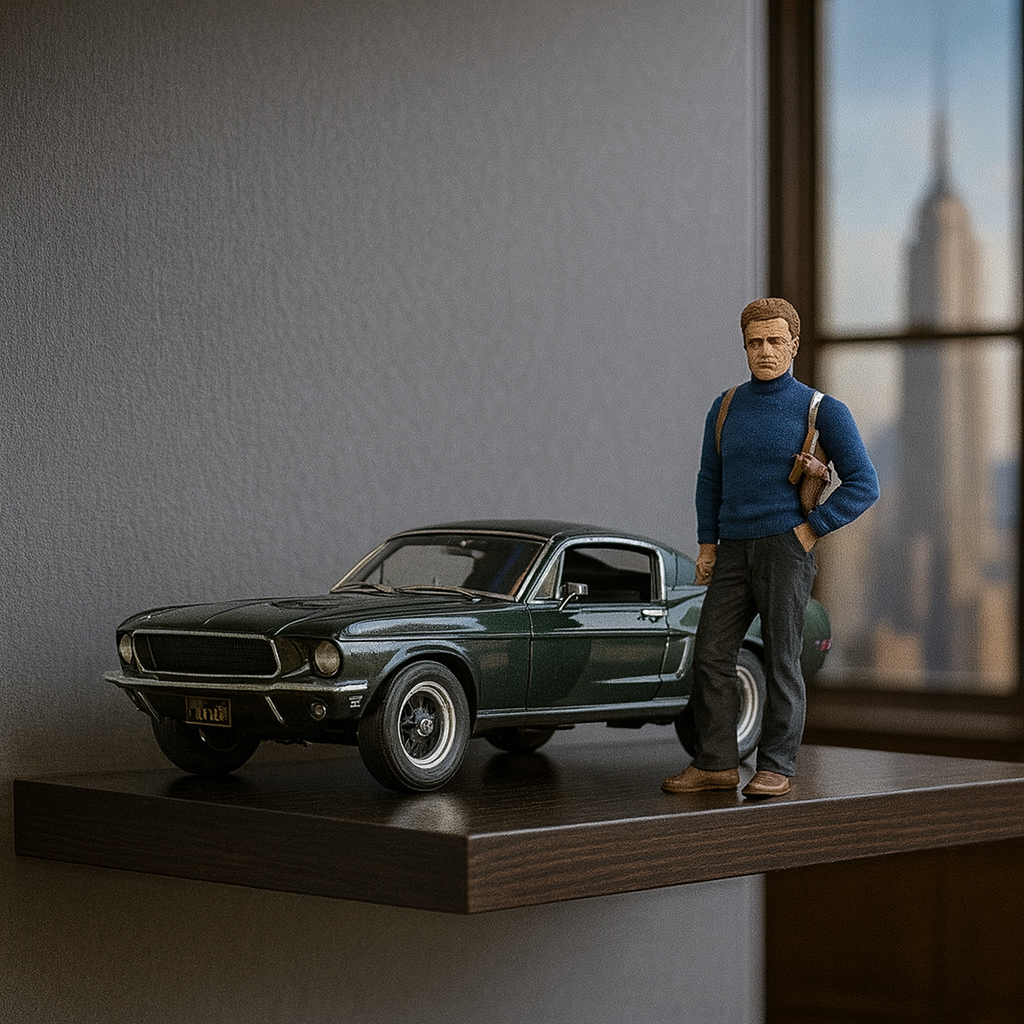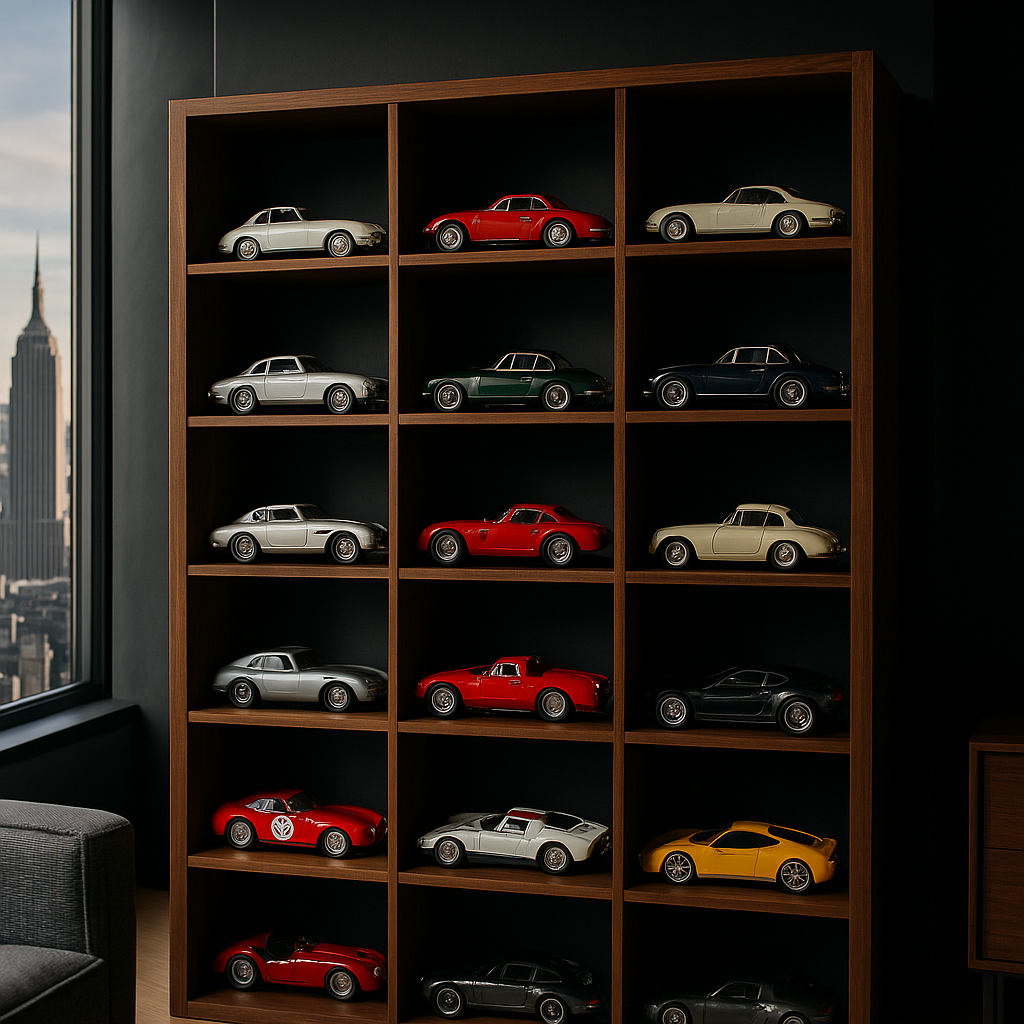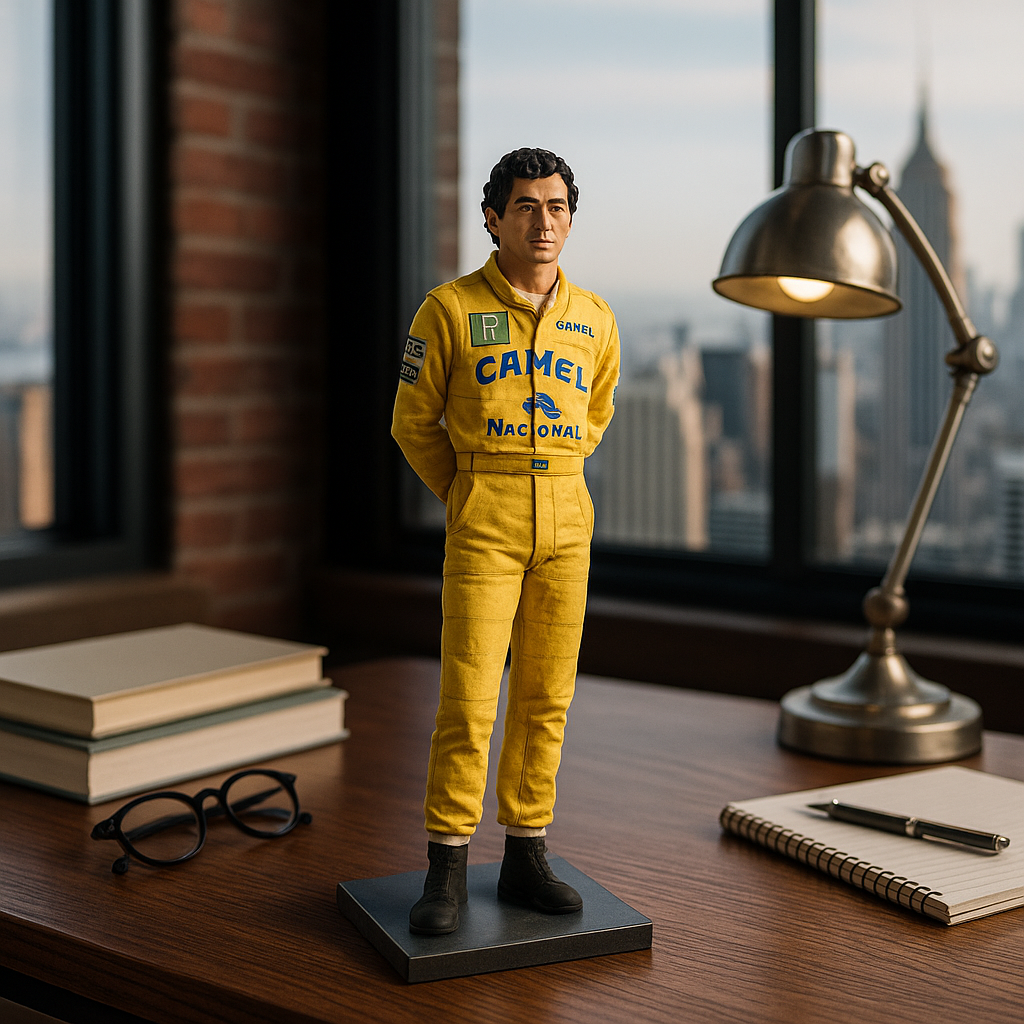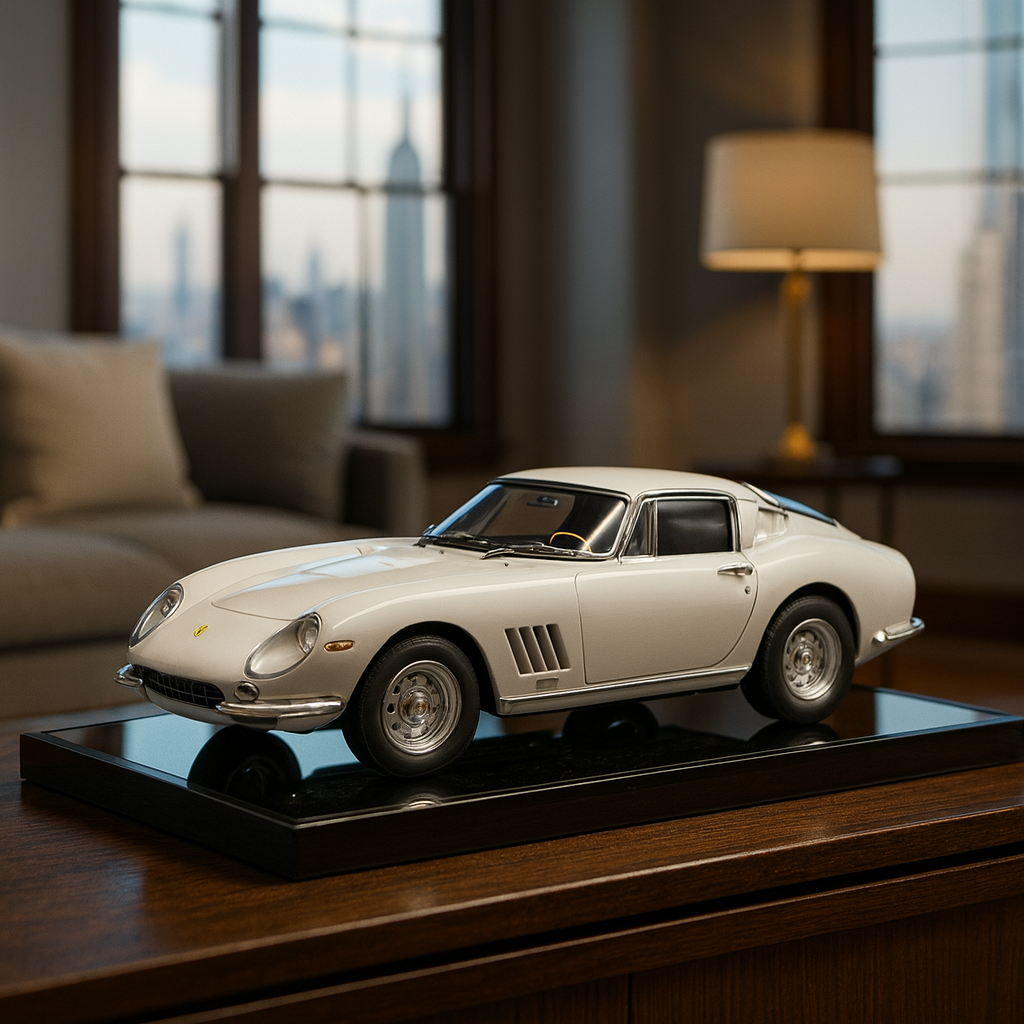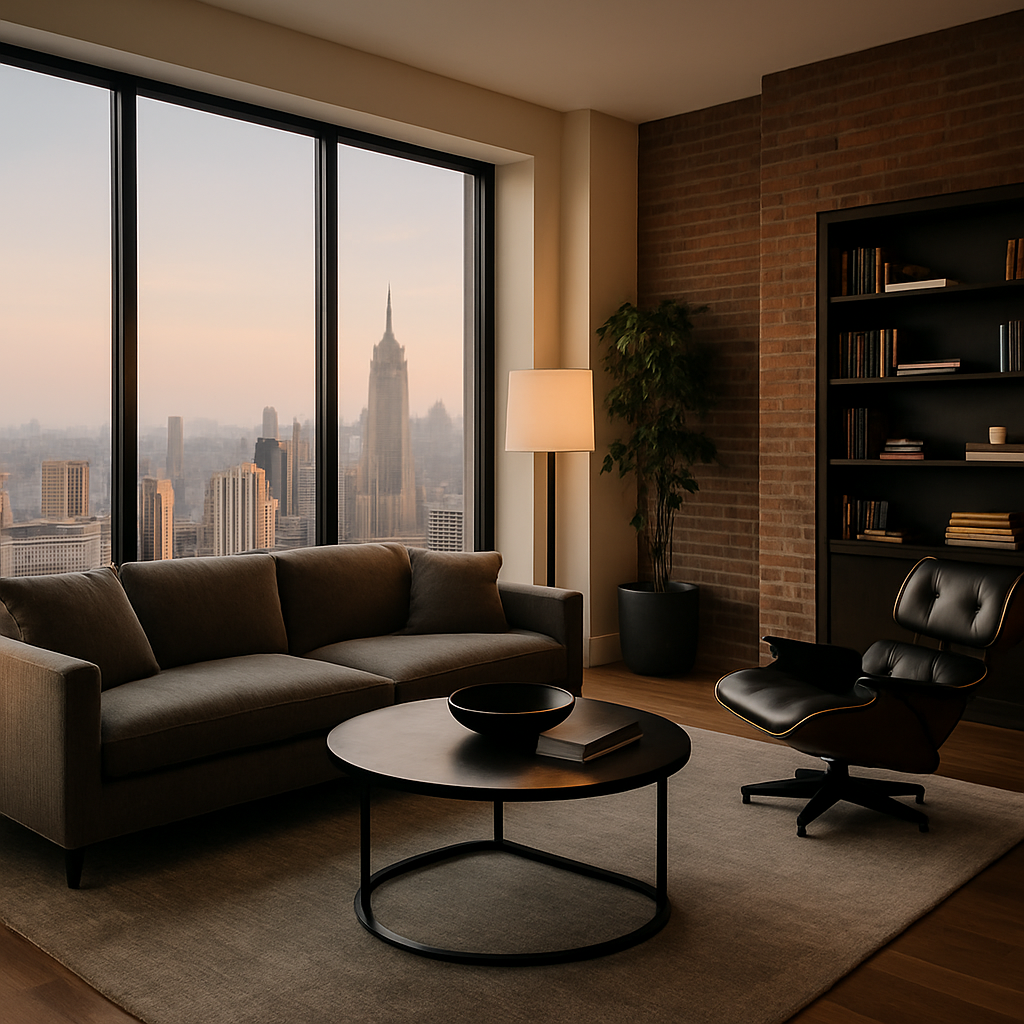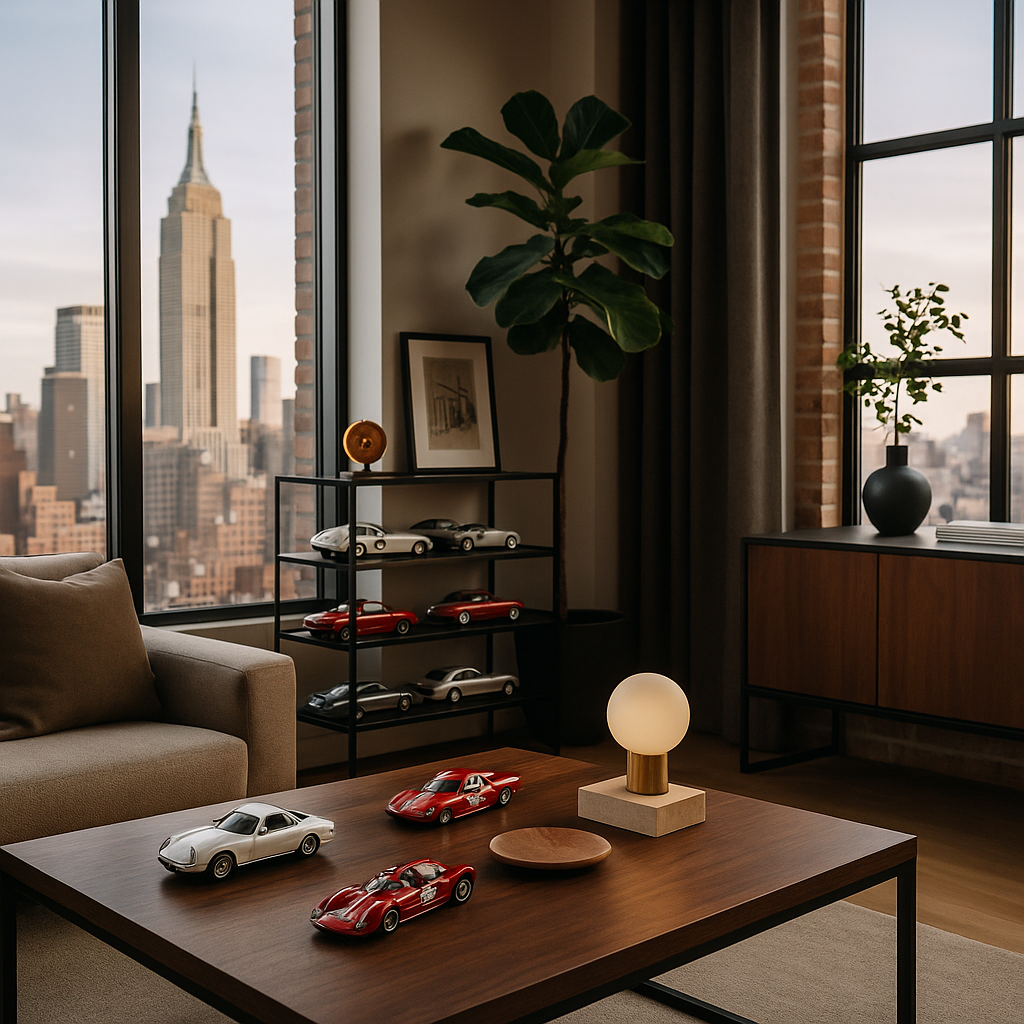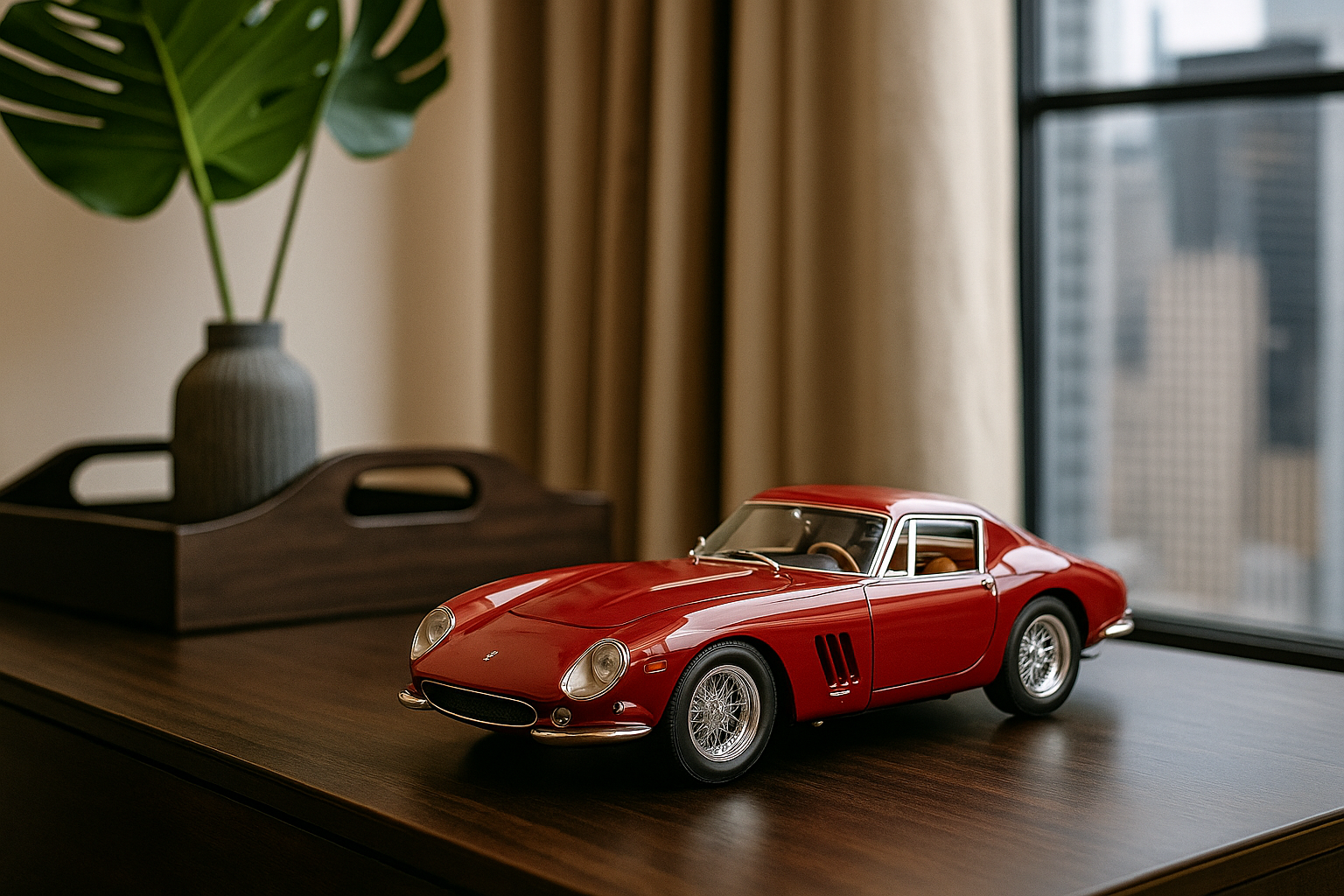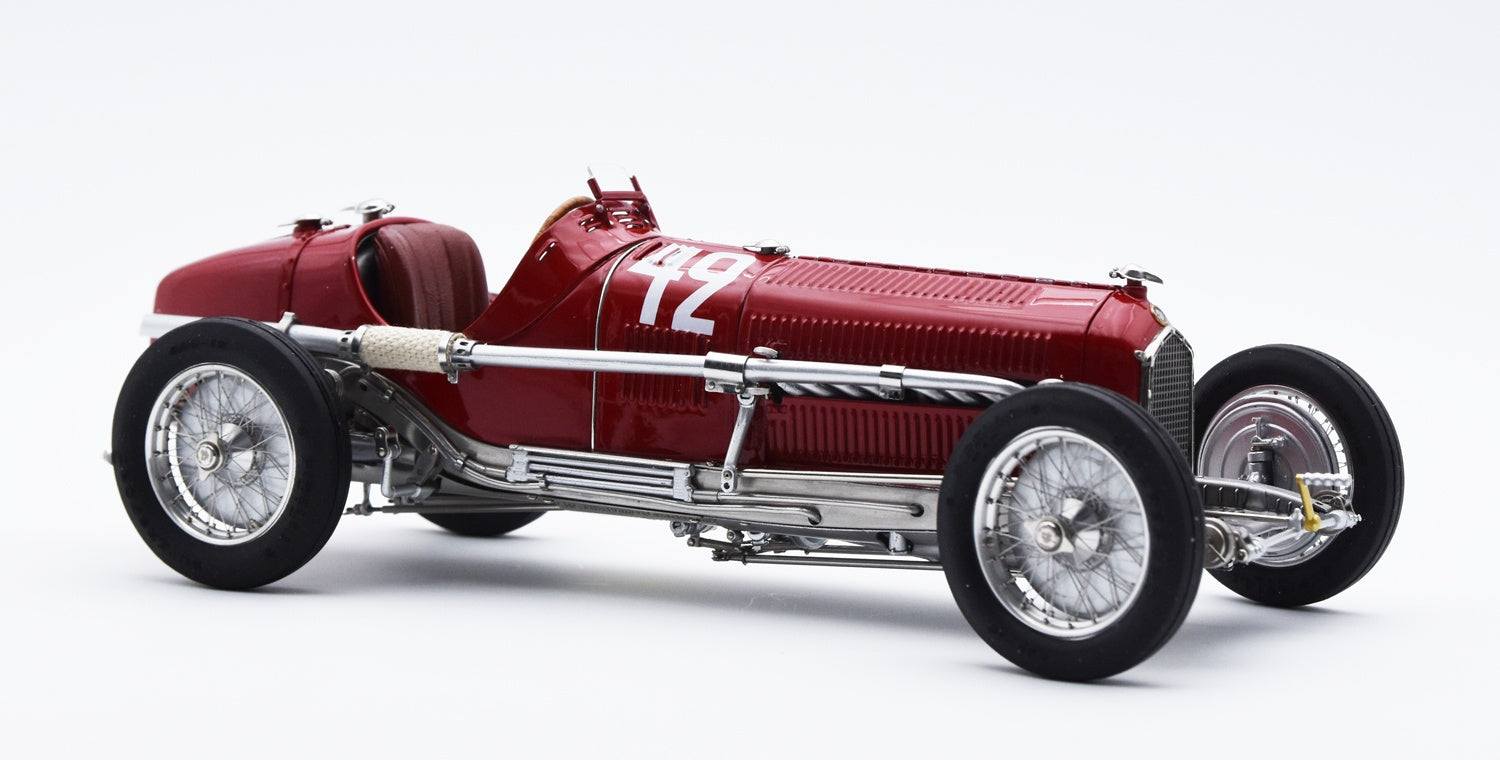
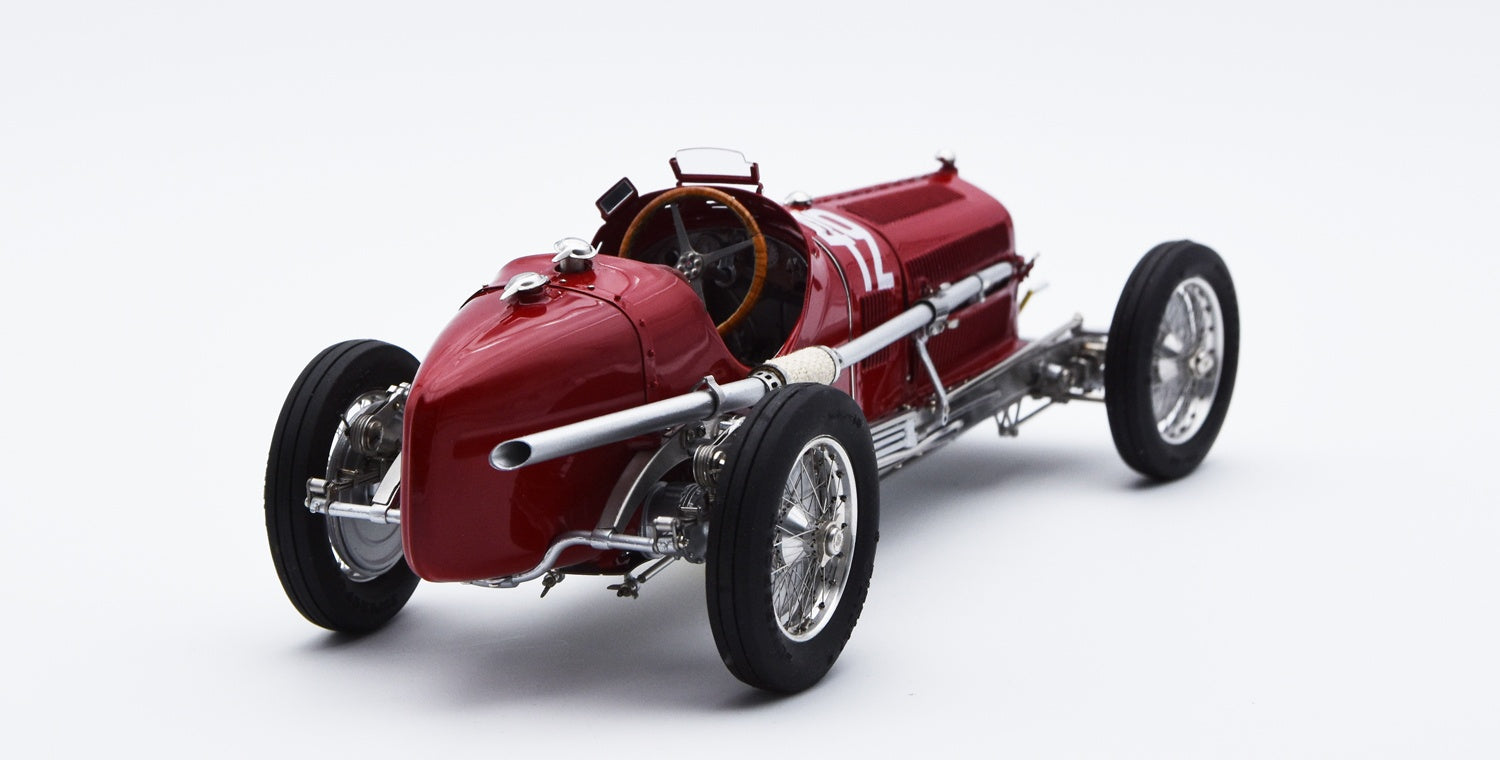
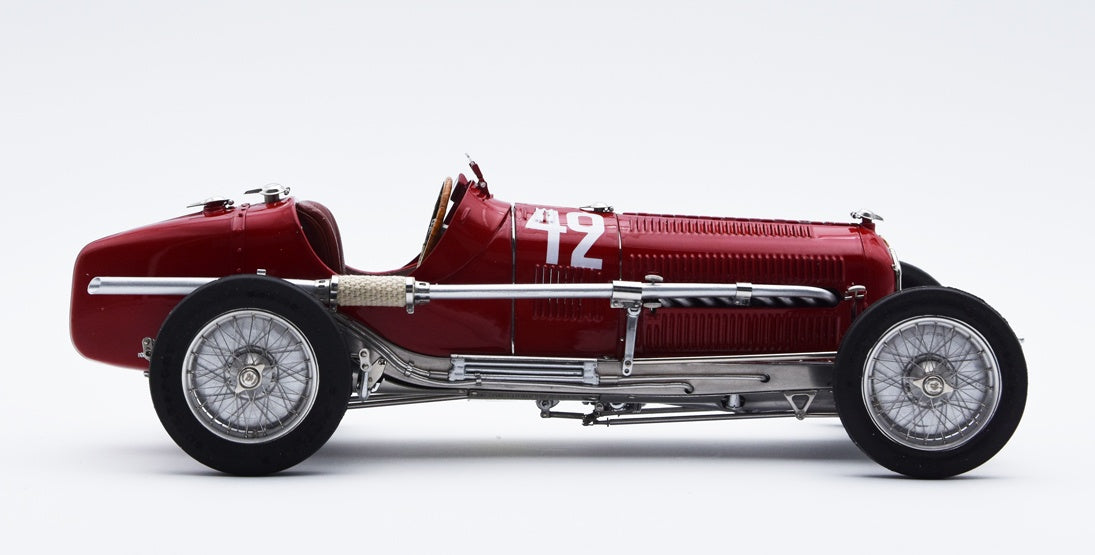
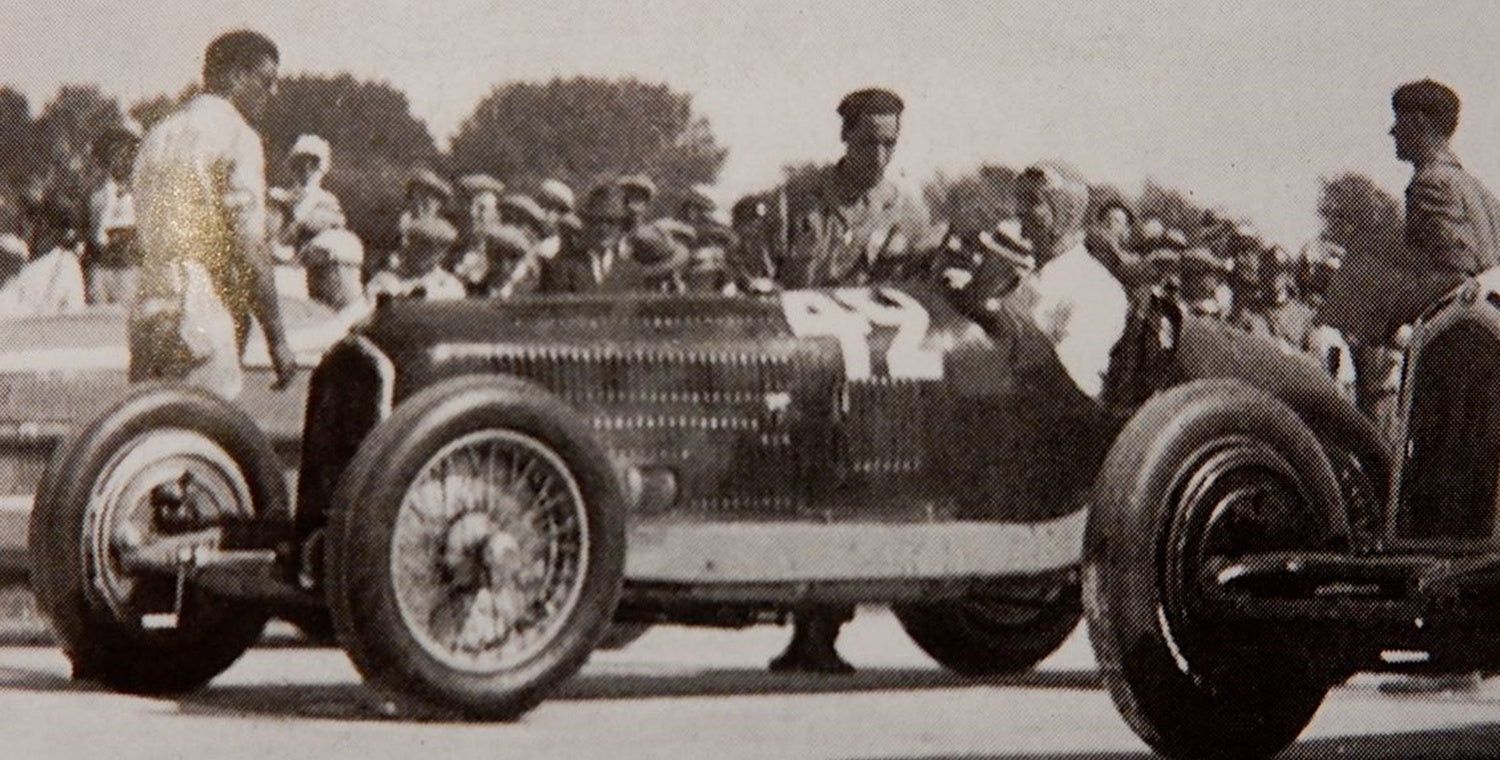
CMC Alfa-Romeo P3 #42 Chiron, winner GP Marseille 1933 LE 1,000

Description
The Alfa Romeo Tipo B was the most successful single-seater Grand Prix racing car of its time. Alfa Romeo built and fielded it between 1932 and 1936. Initially as an Alfa Romeo works car, later, after Alfa Romeo took over its racing activities, it was marketed under the Scuderia Ferrari label. Designed by legendary designer Vittorio Jano, the car was based on the equally legendary Alfa Romeo 8C models. The P3 was Alfa Romeo's second single-seater after the Tipo A monoposto of 1931.
The Alfa Romeo Tipo B was a single-seater Grand Prix racing car built and fielded by Alfa Romeo between 1932 and 1936. Designed by Vittorio Jano, it was based on the Alfa Romeo 8C models. The P3 was Alfa Romeo's second single-seater, following the Tipo A monoposto of 1931. It adopted some components from the previously highly successful Alfa Romeo P2, leading to the unofficial designation "P3" in the press and among motorsport enthusiasts. Thanks to the numerous victories achieved by drivers such as Tazio Nuvolari and Achille Varzi, it is considered one of the best competition cars ever built.
The chassis, with longitudinal spars and cross members made of pressed steel C-sections, derived from that of the Tipo A, was adapted to the regulations and modified to accommodate the new engine. This version of the engine had a larger displacement of 2654 cc (bore × stroke: 65 × 100 mm) than the turbocharged inline eight-cylinder engine of the 8C 2300 "Monza." It was advanced for its time, with a light-alloy cylinder block and head split into two halves, each with four cylinders. Jano split the block to reduce torsional vibrations of the crankshaft and camshafts by locating all auxiliary drives in the center of the crankshaft: the camshaft drive, the turbocharger drive to the side, and the oil and cooling water pump drive opposite on the exhaust side. The crankcase was a single-piece. The engine featured dry-sump lubrication, two Roots-type superchargers, two Weber carburetors, magneto ignition, and water cooling. It produced 215 hp at 5,600 rpm.
The four-speed gearbox and the multi-plate clutch were locked to the engine.
The wheels were suspended front and rear on rigid axles with semi-elliptic leaf springs and friction shock absorbers, with double rear springs and dampers. The drum brakes were mechanically operated. A new feature of the Type B P3 was the placement of the differential directly behind the manual transmission. From there, power was transferred to the rear wheels via bevel gear pairs with two diagonally arranged shafts. The forward position of the differential reduced the unsprung mass and the load on the rear axle. This was intended to reduce the tendency to oversteer and allowed the driver's seat to be mounted directly on the floor between these shafts, maintaining a low center of gravity.
This 700 kg single-seater with its simple, streamlined body reached 225 km/h.
In the very first race of the Tipo B/P3, on June 5, 1932, at the 10th Italian Grand Prix, Tazio Nuvolari won at Monza. The season continued with six more victories for Alfa Romeo, including the most important Grands Prix of the time, namely those of France and Germany (at the Nürburgring). The second driver was the German Rudolf Caracciola. Thanks to these successes, Alfa Romeo and Nuvolari won the International Automobile Championship, which that year was based on the Italian, French, and German Grands Prix.
In 1933, the Alfa Romeo factory team was shut down due to Alfa Romeo's financial problems. Direct participation in competitions was consequently suspended. All Alfa Romeo racing equipment was transferred to Scuderia Ferrari in Modena, which had prepared and fielded the racing cars since 1929. That year, the Tipo B did not participate in the first 25 races and did not compete again until August. It won six of the remaining eleven races, including the Italian and Spanish Grands Prix.
Notice
The Alfa Romeo Tipo B was the most successful single-seater Grand Prix racing car of its time. Alfa Romeo built and fielded it between 1932 and 1936. Initially as an Alfa Romeo works car, later, after Alfa Romeo took over its racing activities, it was marketed under the Scuderia Ferrari label. Designed by legendary designer Vittorio Jano, the car was based on the equally legendary Alfa Romeo 8C models. The P3 was Alfa Romeo's second single-seater after the Tipo A monoposto of 1931.
The Alfa Romeo Tipo B was a single-seater Grand Prix racing car built and fielded by Alfa Romeo between 1932 and 1936. Designed by Vittorio Jano, it was based on the Alfa Romeo 8C models. The P3 was Alfa Romeo's second single-seater, following the Tipo A monoposto of 1931. It adopted some components from the previously highly successful Alfa Romeo P2, leading to the unofficial designation "P3" in the press and among motorsport enthusiasts. Thanks to the numerous victories achieved by drivers such as Tazio Nuvolari and Achille Varzi, it is considered one of the best competition cars ever built.
The chassis, with longitudinal spars and cross members made of pressed steel C-sections, derived from that of the Tipo A, was adapted to the regulations and modified to accommodate the new engine. This version of the engine had a larger displacement of 2654 cc (bore × stroke: 65 × 100 mm) than the turbocharged inline eight-cylinder engine of the 8C 2300 "Monza." It was advanced for its time, with a light-alloy cylinder block and head split into two halves, each with four cylinders. Jano split the block to reduce torsional vibrations of the crankshaft and camshafts by locating all auxiliary drives in the center of the crankshaft: the camshaft drive, the turbocharger drive to the side, and the oil and cooling water pump drive opposite on the exhaust side. The crankcase was a single-piece. The engine featured dry-sump lubrication, two Roots-type superchargers, two Weber carburetors, magneto ignition, and water cooling. It produced 215 hp at 5,600 rpm.
The four-speed gearbox and the multi-plate clutch were locked to the engine.
The wheels were suspended front and rear on rigid axles with semi-elliptic leaf springs and friction shock absorbers, with double rear springs and dampers. The drum brakes were mechanically operated. A new feature of the Type B P3 was the placement of the differential directly behind the manual transmission. From there, power was transferred to the rear wheels via bevel gear pairs with two diagonally arranged shafts. The forward position of the differential reduced the unsprung mass and the load on the rear axle. This was intended to reduce the tendency to oversteer and allowed the driver's seat to be mounted directly on the floor between these shafts, maintaining a low center of gravity.
This 700 kg single-seater with its simple, streamlined body reached 225 km/h.
In the very first race of the Tipo B/P3, on June 5, 1932, at the 10th Italian Grand Prix, Tazio Nuvolari won at Monza. The season continued with six more victories for Alfa Romeo, including the most important Grands Prix of the time, namely those of France and Germany (at the Nürburgring). The second driver was the German Rudolf Caracciola. Thanks to these successes, Alfa Romeo and Nuvolari won the International Automobile Championship, which that year was based on the Italian, French, and German Grands Prix.
In 1933, the Alfa Romeo factory team was shut down due to Alfa Romeo's financial problems. Direct participation in competitions was consequently suspended. All Alfa Romeo racing equipment was transferred to Scuderia Ferrari in Modena, which had prepared and fielded the racing cars since 1929. That year, the Tipo B did not participate in the first 25 races and did not compete again until August. It won six of the remaining eleven races, including the Italian and Spanish Grands Prix.


